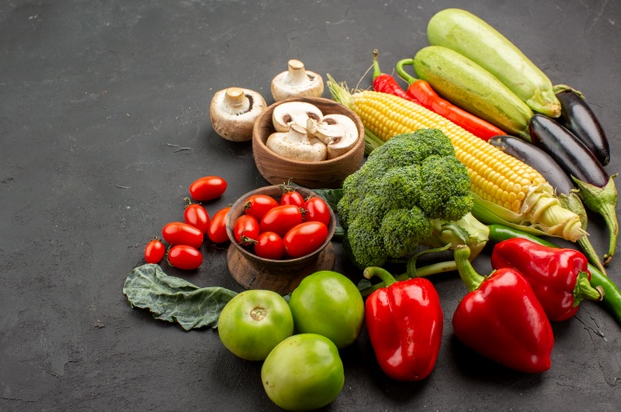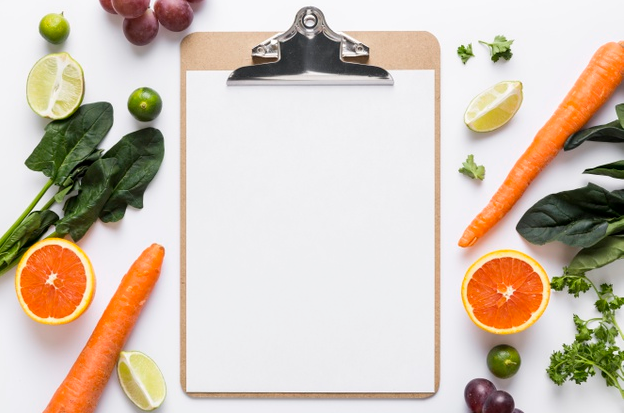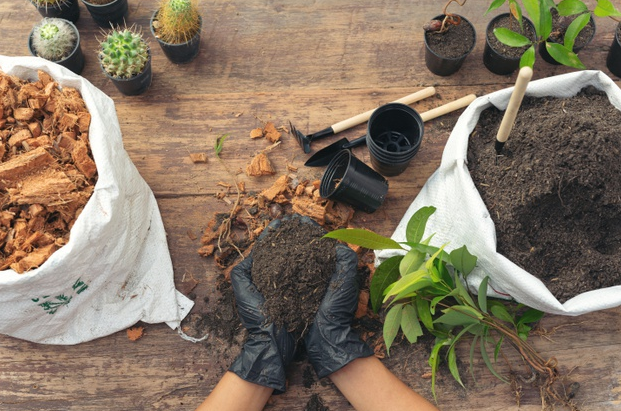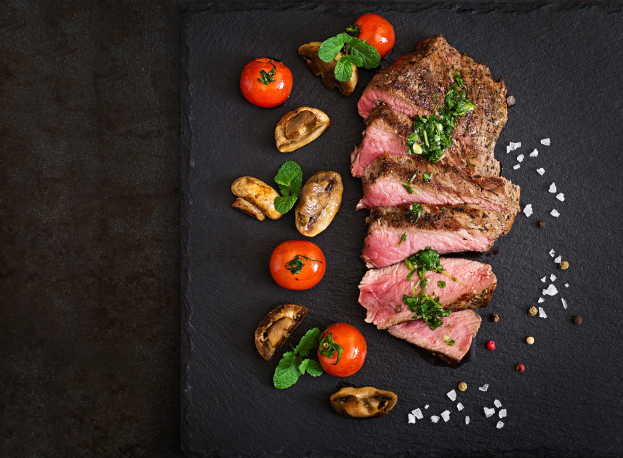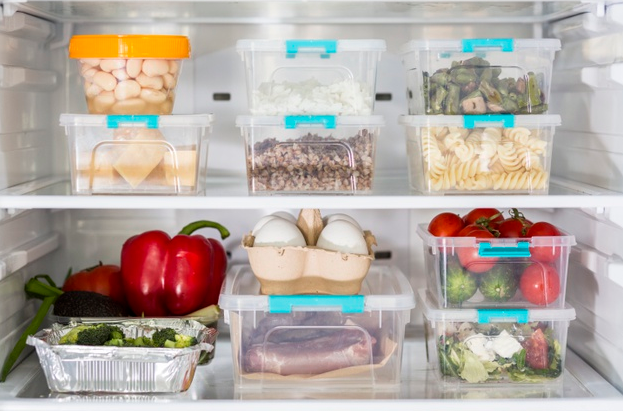Organic food has become increasingly popular owing to its uncountable benefits. Go to the internet, and it will convince you that eating organic food will solve all your problems!
Having organic is not only beneficial for you but mother nature as well. Organic food is the best option for health-conscious individuals who look out for their environment as well. However, the organic market has been growing increasingly expensive. This surge is owing to the time taken to produce the harvest naturally without any chemical interference. This increase in cost may affect an individual to re-think and adopt a more affordable method of consumption.
However, if you want to have organic food on a budget, you are at the right spot! Eating organic on a budget is possible, and the following are the ways to achieve it.
Tabulate Your Logistical Needs
First and foremost, you need to work out the logistics of your eating habits. For instance, how many people live in your house? What is your budget you would like to spend on food every month? Tabulate how much food you consume. For this, we recommend you note down your food intake every day and create an index list of fruits, vegetables, meat, and any other food item you consume. It is also the right time to notice any unhealthy eating habits and try to change them!
Go on a Research Spree!
Once you have tabulated your food consumption along with marginal costs, it is time to take that research into action.
You may have a convenience store you go to for your groceries since that is the nearest, but it is always better to visit others and note the pricing differences. As a general rule, avoid supermarkets. They label organic feed as something exclusive and sumptuous to justify the higher prices. Visit farmer’s markets or greengrocers to estimate pricing. As an alternative, it is one good option to look up the prices of various online organic services. They tend to be lower. However, always check the labeling. Something called “natural” may not be necessarily organic. Organic certification from the USDA (U.S Department of Agriculture) is necessary to be considered organic.
You may as well visit any farmer who sells organic if you are really into it. Additionally, you may join your local organic club to get any insides on the best place to buy. If you don’t have one, take the initiative to create a club. Teamwork is always appreciated!
Try Home Gardening: Origami Organic?
Even if you don’t have a knack for gardening, it is time to learn some. Take out your gardening tools and plant some of your vegetables at home. Lack of space may be an issue but try growing as much as possible. Plants like tomatoes can be grown in pots, while ideas like stack gardening may be a great way to manage space. If you are beginning out, make sure to start with relatively low-maintenance plants such as herbs. Once you start harvesting, you can cross off some of those vegetables from your originally researched index list to save some costs.
Additionally, it is a good idea to learn how to make everything at home. For example, instead of buying granola bars, make one at home. The same goes for smoothies, shakes, butter, and a whole lot of other foods. You’d be surprised at the number of food items that one can easily create at home.
You can also store your food for a day or a week. The time depends on your storage method and the type of food. Convenience foods are not only expensive but may contain unhealthy ingredients as well. A benefit of creating everything from scratch is the option of customizing the item according to your preference. Just like origami, all you need is a creative brain!
Avoid Meat
Meat is a relatively expensive grocery item, especially if you are buying organic. It is best to reduce meat consumption and move to alternatives. After budgeting, decide on how much meat you can afford without breaking your pocket.
If you love meat and trying to reduce it, a good option may be to research alternatives or recipes that can make food textures similar to your preferred meaty food. You may need to experiment with a few recipes to settle down for the one you like, but it is worth the time considering the savings it can bring to your account later.
Furthermore, try to arrange your food plate to make the vegetable/fruit or the whole grain item center of attention. It will help in reducing the quantity of meat required on each palate. For example, place the vegetables in the center and the meat on the side instead of vice versa. Designing your food palate will take some research.
Stick to Storing and Buying
Eating organic is not just a practice but a lifestyle. An average American wastes 21% of their food (238 pounds per year) owing to insufficient storage methods. We suggest cold storage spaces to prevent this.
Always read instructions at the back of the item to store your food. Freeze food if not in use for a long time. Try to use fresh produce as soon as possible or use preservative methods to avoid food wastage. For example, create jam out of fruits that are present in large quantities. Avoid storing moisturized foods and repeated reheating in the microwave. Separate your meat from your vegetables and fruits. Section your fridge to avoid any rotten food affecting another. Make sure your fruits are pat dry before storing them in the refrigerator. Always rotate your food in a manner that food bought previously finishes first.
In the unfortunate circumstance that a food item has rotten, make sure to compost it and reuse it in your organic garden. You may also use food peelings or waste organic material such as eggshells in composting to avoid costs on fertilizers.
Furthermore, buy in bulk and local as it is cheaper. Store your bulk food properly to avoid wastage. Buy in-season produce and avoid getting out-of-season fruits/vegetables as they are over the odds. Avoid buying exotic or international food/meat as it is always on the pricier side. You can get seasonal items in bulk when it’s in season and store it properly to use throughout the year.
Hybridize your Grocery List
Lastly, if your budget is at a stretch and unable to afford all organic items, it is best to stick to the essentials. Buy some food items that you are good with consuming even if they are grown inorganically. A well-thought-out hybrid of both worlds may prove beneficial both for your health and for your bank account as well!
However, to utilize this option, research on the internet to find food items that are least affected by their methods of production.
As a guide, you may use the Clean Fifteen, a list specially curated for households looking to have a hybrid of organic and inorganic food. It was released by the environmental working group, listing down vegetables that use the least amount of any chemicals, including pesticides and insecticides. They also list down foods that should be completely organic as they use most chemicals in production.
The Bottomline
It is no doubt, eating organic is a step in the right direction. However, do not put pressure on yourself to get everything organic straight away. Start slowly and gradually, using alternatives where suitable. You may need to put in extra effort and time to curate a healthy eating lifestyle that fits you. It is different for everyone depending on the time, money, and effort they can put in. Just know in your heart that this is a good option, which will always end up rooting for you in the long term!
Do check some best superfoods for a healthy life.

